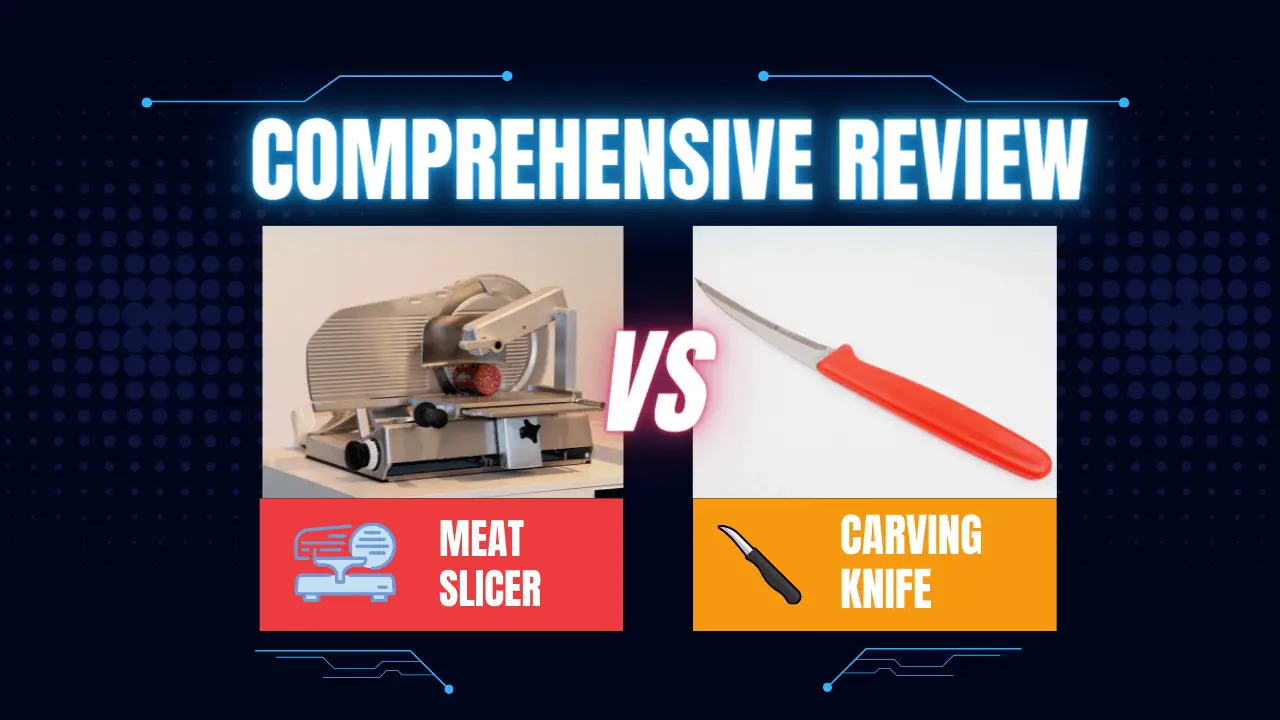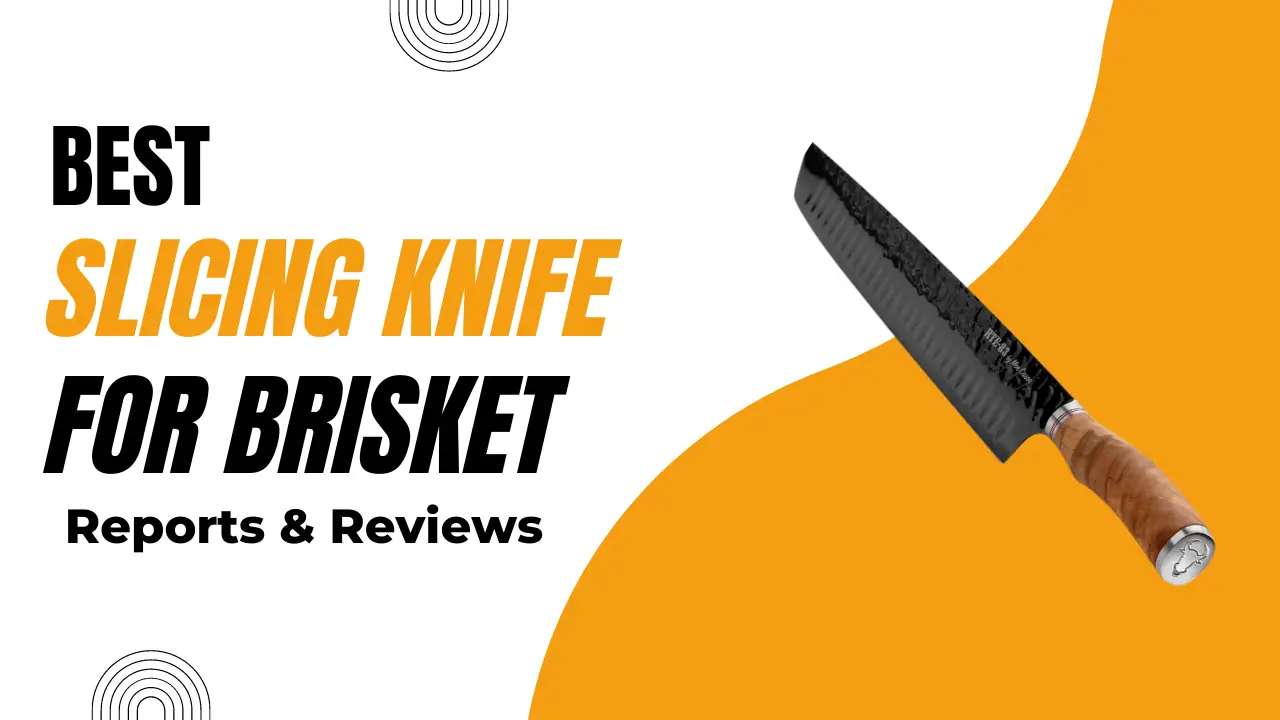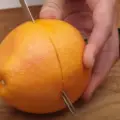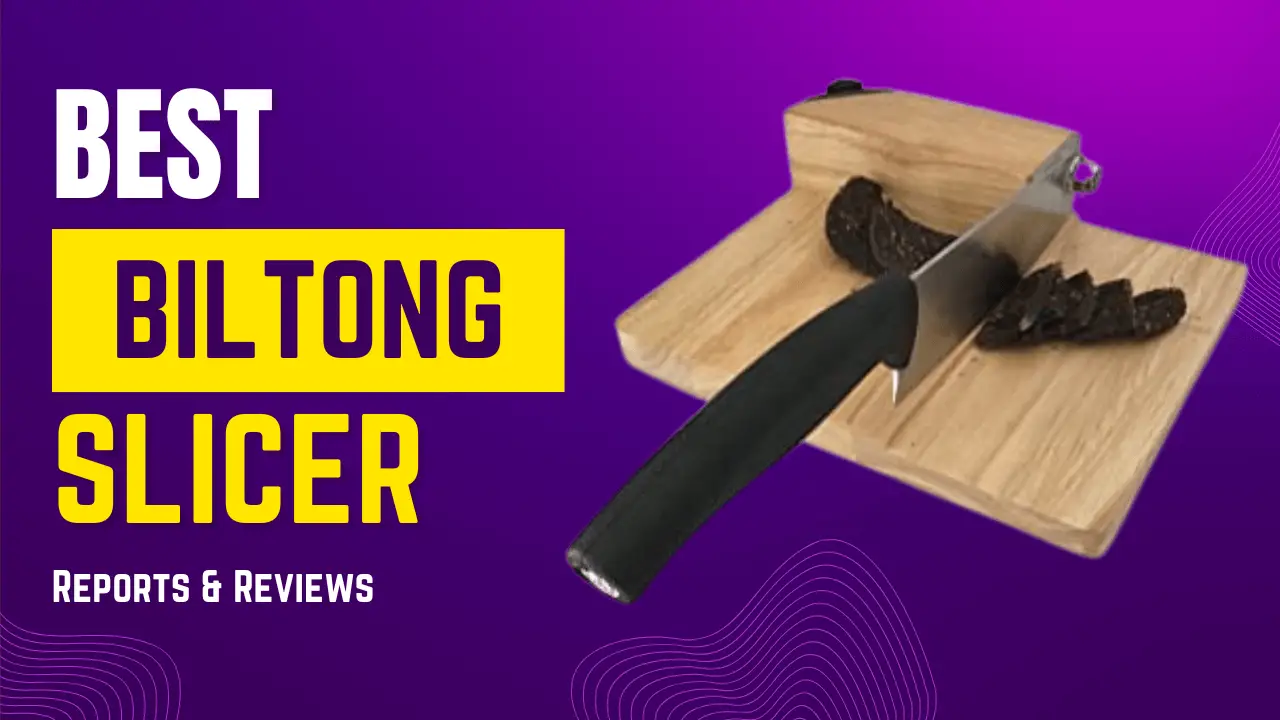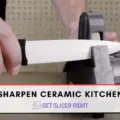A paring knife is a small kitchen knife with a short, sharp blade. It is usually used for delicate tasks such as peeling and trimming fruits and vegetables or preparing garnishes. The blade of a paring knife typically measures three to four inches in length and can be pointed or curved. It is an essential tool in any kitchen and can make precision cuts that require more finesse than a regular chef’s knife. Paring knives are also popular for slicing cheese, cutting up small fruits, and removing seeds or pits from produce.
Types Of Paring Knives
There are three main types of paring knives, each designed for specific tasks in the kitchen. Let’s take a closer look at these types:
- Straight Edge Paring Knives: These knives feature a straight, narrow blade that tapers to a sharp point. Straight-edge paring knives are ideal for peeling, trimming, and slicing small fruits and vegetables and for precision tasks like deveining shrimp or removing seeds from chilies.
- Serrated Edge Paring Knives: Serrated edge-paring knives have scalloped blades, perfect for cutting through the tough skin of fruits and vegetables without crushing the delicate flesh. They’re also great for slicing small, soft items like tomatoes, kiwis, and even bread rolls.
- Bird’s Beak Paring Knives: Named for their distinctive, curved blade, bird’s beak-paring knives excel at tasks requiring high control and precision. They’re perfect for peeling round fruits and vegetables or creating intricate garnishes and decorations.
Common Uses Of Paring Knives
Here are some popular uses for paring knives that showcase their versatility and precision:
- Peeling Fruits and Vegetables: A paring knife’s small, sharp blade makes it easy to peel the skin from fruits and vegetables without removing too much flesh. It’s perfect for peeling potatoes, apples, pears, and more.
- Trimming and Removing Seeds: A paring knife is perfect for trimming unwanted parts of fruits and vegetables, such as stems, cores, and seeds. It’s also great for removing the seeds from chilies and peppers without tearing the flesh.
- Deveining Shrimp: It can be tedious, but a paring knife’s precision makes it a breeze. Simply make a shallow cut along the back of the shrimp and use the tip of the knife to remove the vein.
- Slicing Small Ingredients: When slicing small items like garlic cloves, shallots, or fresh herbs, a paring knife offers the control and precision needed for clean, even cuts. Its small size allows you to easily navigate tight spaces and make fine slices without crushing the ingredients.
- Decorating and Garnishing: A paring knife’s sharp, narrow blade is perfect for creating intricate garnishes and decorations. From carving fruit and vegetable shapes to scoring pastry dough, a paring knife is essential for adding those final artistic touches to your dishes.
How To Use A Paring Knife For Different Purposes?
1. Peel fruits or vegetables: To use a paring knife to peel fruits or vegetables, hold the item firmly in one hand and run the sharp edge of the paring knife around the outside of the skin in a circular motion.
2. Cut small items: Paring knives are excellent for cutting small ingredients such as pieces of garlic, small onions, and other vegetables. The sharp blade allows you to make precise cuts in a short amount of time easily.
3. Score foods: Before cooking, use the paring knife to score ingredients like fish or pork. This will help the flavors penetrate into the food more evenly as it cooks.
4. Remove seeds: Use the pointed tip of a paring knife to remove the seeds from peppers or other vegetables.
5. Cut intricate shapes: With the precise cutting capabilities of a paring knife, you can easily create beautiful fruit and vegetable decorations for your dishes. Utilize this tool to cut out stars, flowers, and other shapes to add visual appeal to your meals.
6. Cut meats: If a recipe calls for finely chopped meat, paring knives can also be used for that purpose. The sharp blade makes it easy to get the pieces just the right size.
7. Butter flying: When preparing steak, you can use a paring knife to create a pocket in the center of the steak. This allows you to add butter or other ingredients into the pocket and cook them inside.
By utilizing these creative uses, your paring knife can become even more useful than you thought! With a few dishes and some practice, you can use it for its intended purpose and beyond.
How To Choose A Good Paring Knife?
- The Blade: A paring knife should have a 3 to 4 inches long blade made of high-quality stainless steel. Avoid blades that are too thick, as they can be difficult to maneuver around small fruits and vegetables.
- The Handle: The handle should feel comfortable in your hand and also provide a good grip. Look for non-slip handles with ergonomic designs that offer a good balance.
- The Tip: Paring knives come with either pointed or rounded tips, so you can choose the one that best fits your needs. The pointed tip is great for precision cutting and slicing, while the rounded tip works well for peeling fruits and vegetables.
FAQs
What is the difference between a paring knife and a utility knife?
A paring knife is smaller and more precise, designed for tasks that require control and accuracy. On the other hand, a utility knife is slightly larger and more versatile, making it suitable for a wider range of tasks like slicing sandwiches and cutting small pieces of meat.
How often should I sharpen my paring knife?
The frequency of sharpening depends on how often you use your paring knife and the type of tasks it performs. As a general rule, sharpen your knife whenever you notice a decrease in performance or at least once every few months.
Can I use a paring knife for chopping and dicing?
While a paring knife can handle some chopping and dicing tasks, it is not designed for heavy-duty use. A chef’s knife or a santoku knife is more appropriate for larger tasks.
What is the ideal blade length for a paring knife?
Paring knives typically have a blade length between 2.5 to 4 inches (6 to 10 cm). The ideal length depends on your preference and the tasks you plan to use the knife.
Is a paring knife necessary for a home cook?
While not strictly necessary, a paring knife is valuable to any home cook’s toolkit. Its precision and versatility make it perfect for a wide range of difficult tasks with larger knives.
Conclusion
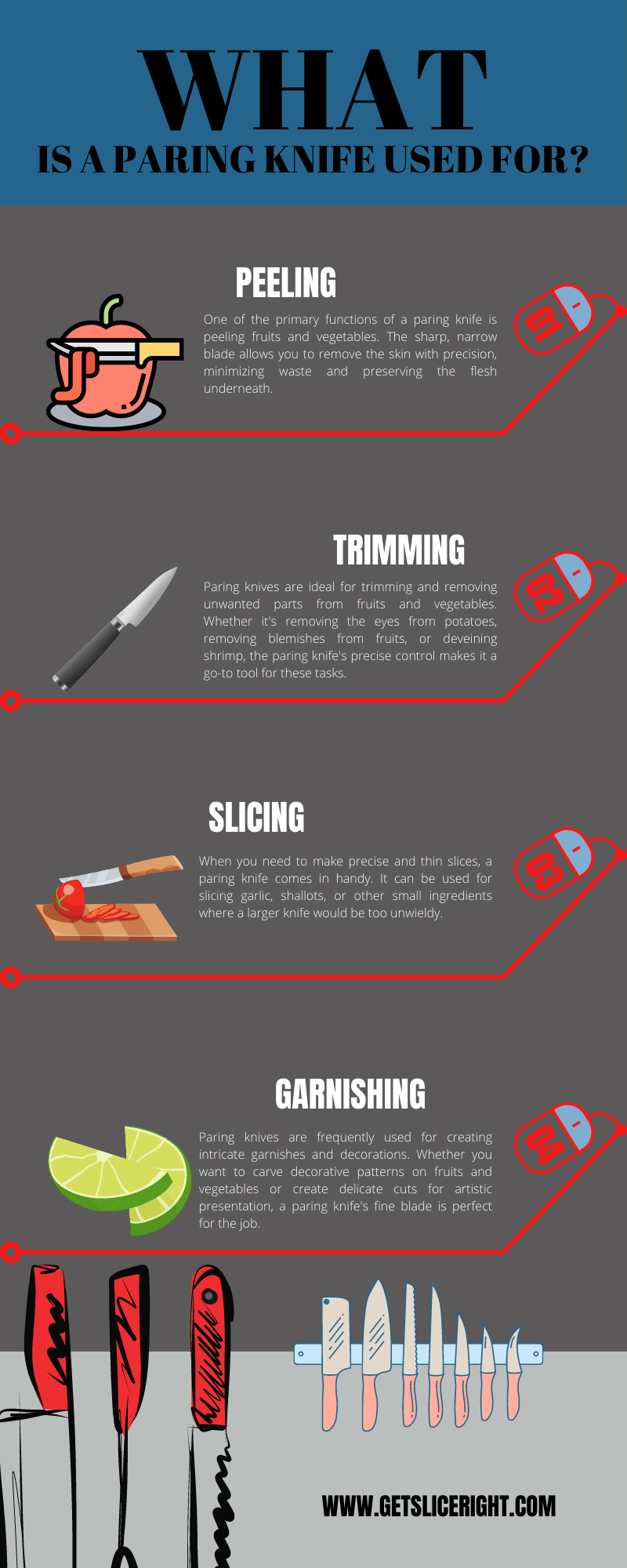
A paring knife is a versatile and essential tool in the kitchen. It’s small size and sharp blade make it perfect for various tasks, from peeling and trimming fruits and vegetables to creating beautiful garnishes. By understanding the different types of paring knives and using them properly, you can enhance your cooking skills and easily create delicious, visually appealing dishes.

Mario Batali is a renowned author, food enthusiast, and passionate chef who has dedicated his life to exploring the world of culinary arts. With a love for sharing his knowledge and experiences, Mario has become a prominent figure in the food blogging community, inspiring countless readers with his creativity and expertise.
In addition to his culinary prowess, Mario Batali is also a talented writer with a flair for engaging storytelling. He launched his own food blog to share his recipes, cooking tips, and personal experiences in the kitchen. Over time, Mario’s blog gained a loyal following of food enthusiasts who appreciate his unique approach to cooking and his dedication to using only the finest ingredients.
Mario Batali’s passion for food and his commitment to sharing his knowledge with others have made him a true inspiration in the world of culinary arts. Through his blog, cookbooks, and public appearances, Mario continues to spread his love of food and the joy of cooking with his ever-growing fanbase.


